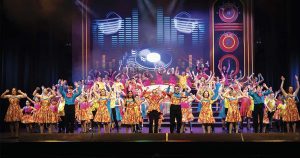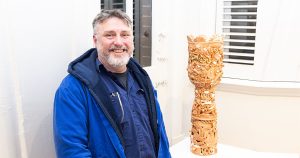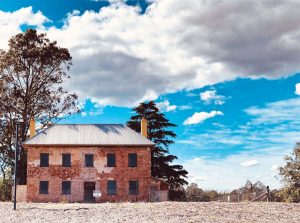Declining strength is a common problem as we get older. This is because muscle strength is driven by the stimulus we provide to that particular muscle.
In other words, we “use it or lose it” Lifestyle changes can mean we have reduced activity as we get older.
Further, illnesses and injuries may be more common as well, which can promote longer periods of inactivity. All this combined tends to mean we lose strength as we get older.
However, the upside that many people don’t realise is that older people can gain strength in exactly the same fashion as younger people.
It is well evidenced that older people get similar responses to exercise. Exercise will yield increased muscle mass and power in response to 3-4 sessions a week of heavy exercise (for example, 15 repetitions to fatigue). This is what we call resistance training – the optimum way to increase our strength.
Strength training is what gives us the push to get up out of a chair or to do heavy work in the garden. The only aside to strength training is that our health before we begin exercise needs to be considered. It is not uncommon for older people to have pre-existing injuries and conditions that will need specific management.
For example, arthritic knees will improve with exercise but will need to start with a lighter load which is increased gradually to avoid causing pain. Likewise, a heart condition may impact the ability to exercise intensely and will need specific management.
It is important to note that older people should always start any exercise program gradually, particularly if they have not done any exercise in a while.
If you are unsure of where to begin or would like information about our Dynamic Movers (> the 50s) Exercise Classes, please contact us on 9653 3123.
Dynamic Motion Physiotherapy Galston
6/362 Galston Rd, Galston
Ph: 9653 3123
dmphysio.com.au
Table of Contents
Toggle










